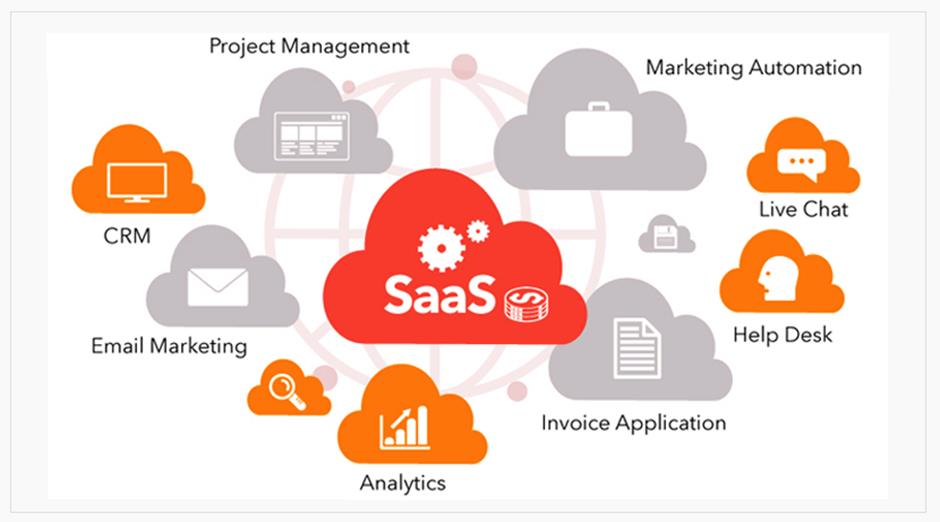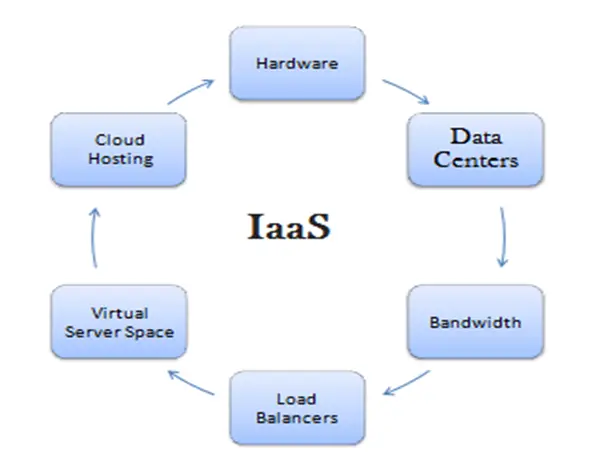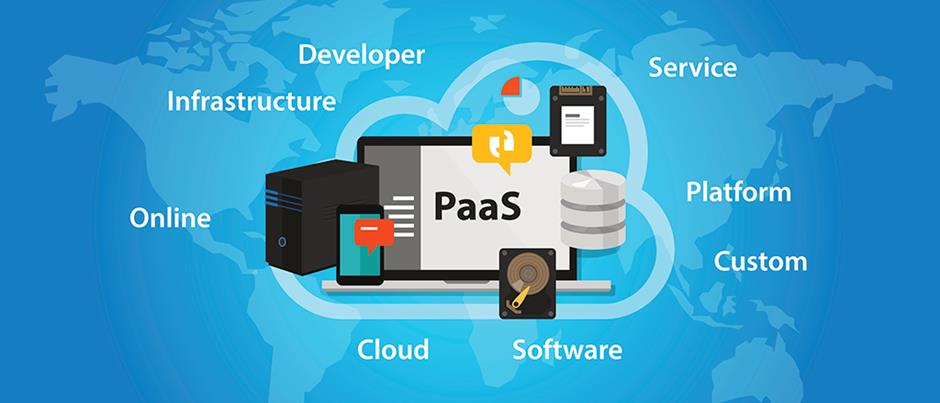Cloud Computing is a type of online on-demand service that includes resources like computer system software, databases, storage, applications, and other computing resources over the internet without any use of physical components.
In other words, a remote system that helps you to access application, software, and databases from any device via internet connection is known as “Cloud Computing”.

Why Cloud Computing is more efficient? Here are the three ways which makes Cloud Computing a better option than any traditional web hosting:
- It as on-demand service type, which means it is sold on the demand of user particularly by the hour or a minute
- Flexibility to users from selecting as much and as little of a service according to the requirement at any given point of time
- Users requires only the computer system and internet connection and rest is managed by the service provider
These are three main applications of Cloud Computing which makes it more efficient and a powerful service to rely upon.
Cloud Computing History
When we see the dates back in 1950s and 1960s, it was not easier for employees as it is now in current scenario. There were some large mainstreams hardware infrastructure installed which we call as “Server Room”. Through these large server rooms employees could only access work files, messages, or a system software for work via physical cables.
Now imagine, if you are working in that scenario and you have to work in a place where everything is to be done manually. You have to install software manually, import data using physical cables, and if any of the component crashes, it could be catastrophic for complete system.
The idea of “Cloud Computing” started emerging from 1970s when IBM introduced an operating system called VM (Virtual Machines). The idea of beginning with VM allowed multiple virtual machines on a single node that reduced maintaining of such large mainframes for each user.
Over the years, Cloud Computing has evolved through many phases from mainframes to virtualization in Cloud. If you want to read a complete history of Cloud Computing, check out the IBM’s blogpost on Cloud history.
How Cloud Computing Eliminated Former Working Pattern?
It has changed the complete pattern of working environment by eliminating former office culture in following ways:
- Large servers were no longer required by IT companies and businesses to house them in a well-ventilated room.
- No risk of information loss as companies can now store data directly on Cloud with multiple safeguard options without any vulnerability of loosing data from any physical device.
- Duplicate versions of document wiped out with the help of shared access cloud-based files where data is always up to date. Team of Employees don’t have to manage multiple versions of files they are working on.
- No need of dedicated in-house IT support to large companies as manual updating and installation of software has been eliminated completely.
- Fixed working place for employees has also been vanished as now employees can work remotely too with cloud-based services.
- Large amount of cost involved in installing and maintaining applications of each device was reduced to great extent. This was much beneficial for small and mid-scale enterprises.
Cloud Computing Types
Cloud Computing services are broadly divided into three categories depending on the type of resources being delivered:
1. Software-as-a-Service (SaaS)

SaaS is a type of cloud-based software or services that delivers complete application over the internet which can be run on distant computers in the Cloud. There is no need to download or install the software on each individual device. The software is entirely managed by the service provider.
For example: software like Salesforce CRM dashboard, Quickbooks, Google Apps, Slack, Mint, etc. can be used directly on the cloud and can be customized according to user needs without any coding or programming.
2. Infrastructure-as-a-Service (IaaS)

IaaS is suitable for those companies who require computing resources like servers, firewall, data center, and storage capacity. It is the most open-ended type of service which lets businesses perform a lot of customizations themselves. The best part – there is no need of large fund investments as businesses can hire IT resources and infrastructure for fast pace growth and development provided by IaaS.
For example: Amazon Web services, Rackspace, GCE, Digital Ocean, etc.
3. Platform-as-a-Service

PaaS lets you focus on software building, hosting, and testing at a faster and low-cost rate. It provides development tools like servers, code libraries, programming interface, etc. without taking any concerns for back-end such as security and infrastructure. PaaS allows multiple users to work on the same application simultaneously. Ultimately with PaaS, one can develop application without any coding skills with drag-drop intuitiveness, deploy new web applications to the cloud in minutes, and reduce complexity.
For example: Microsoft Azure, Open Shift, Apache Stratos, Heroku, Beanstalk, Magento, etc.
Benefits of Cloud Computing
- Reliable than any traditional web hosting as they are hosted by third parties and in case of any loss or problem, customer support system is easy to access.
- Flexible as it can be remotely used from any device and any location with real-time working experience.
- Security is much higher than ever expected with centralization of data and multiple phases of security.
- Scalable as there is no fixed or limited geographic location. Moreover, the software integration with other apps also makes it highly scalable.
- Pay per use pricing plans helps businesses to compute resources according to their needs and pay only for that.
- Multitenancy feature provides the opportunity of sharing resources to multiple users at given point of time.
- Customizable cloud software allows users to adapt to the programs ad applications that are customizable.
Future of Cloud Computing
The future of Cloud Computing is embracing many advances and high-end capabilities with the help of modern technologies like IoT (Internet of Things) and AI (Artificial Intelligence). Small and mid-scale enterprises are likely to combine multi-cloud services from different service providers which will change the way of doing possible work. Expansion of Cloud adoption by almost every business type will enhance the smart workflows and less dependency on outsiders.
Final Thoughts on Cloud Computing
One thing is for sure that Cloud adoption will increase day by day for providing benefits to the businesses as well as consumers alike. Technologies will improve faster and they too would require Cloud for managing and simplifying their work.
There will likely be more integration in real-word technologies like modes of transportation, smart elevators, automation in restaurants, self-driving cars, etc. Cloud Computing will become necessary for every type of business work and requirements.
The post Cloud Computing – Overview, Types, Benifits and Future Scope appeared first on The Crazy Programmer.
No comments:
Post a Comment